Applications for Ohio Farm Bureau Health Plans now available
Members have three ways to apply: contacting a certified agent, calling 833-468-4280 or visiting ohiofarmbureauhealthplans.org.
Read MoreChuck Crawford was marveling at the growth of a field of soybeans when he had a revelation.
“I can’t believe how much science goes into this and I’m sure my students don’t either,” Crawford, a teacher at Dublin Jerome High School in suburban Columbus, recalls thinking that day in the soybean field. “That’s how I became hooked and I said ‘sign me up’ (for more agricultural biotechnology classes).”
At the time, Crawford was taking a continuing education class funded by the Ohio Soybean Council that was geared toward teachers with little or no farming background. The class was at DuPont Pioneer’s soybean research site in Napoleon where the teachers were learning about the science involved in growing crops for food, fuel and fiber and how technological advances have increased crop yields while reducing the amount of fertilizers, pesticides and water needed for them to grow. When the teachers stepped outside to see the soybeans, the 6-foot-6-inch Crawford was in awe that the plants were as tall as his chest.
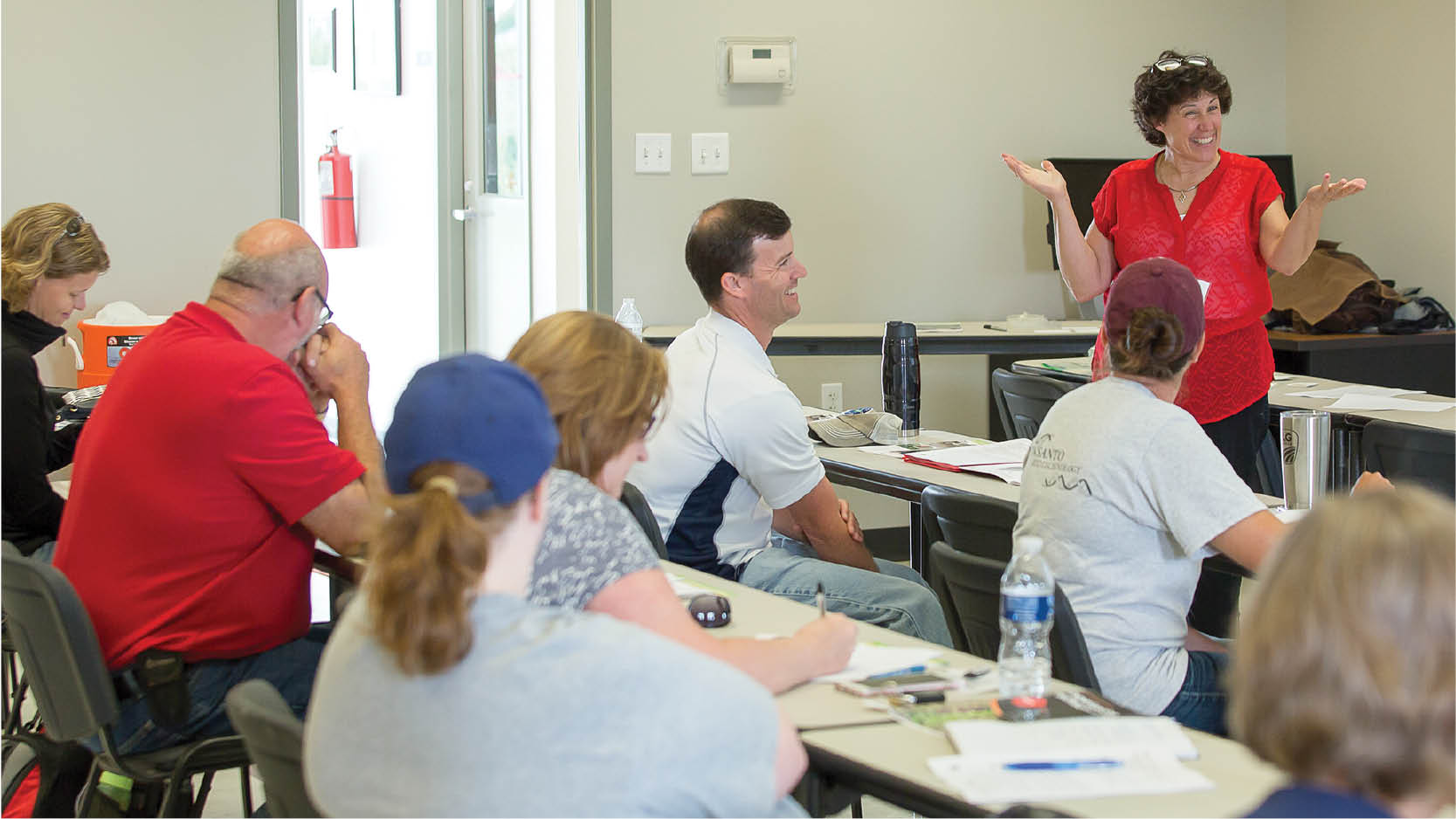
“They were the biggest soybeans I’d ever seen. Being able to touch them after learning about them was powerful, and I realized I could do the same thing for my students,” Crawford said. “I’m always looking for ways to make (learning) more meaningful, and one area I didn’t have a lot of knowledge about was the modern ag industry.”
A lot has happened since that class five years ago. Confident that he’d found a way to better connect students with science, Crawford persuaded school officials to set aside a quarter-acre for a corn and soybean demonstration site. Tucked away behind the football stadium, the crop plot allows for hands-on learning for students in Crawford’s AP environmental science and advanced research in science classes. Seeds are planted at the end of the school year with firmly established plants greeting students when they start school in August. As Crawford dug deeper into the subject matter, he started sharing his findings not only with students but teachers
and parents.
“I think every single football stadium should have a row of corn and soybeans outside it with signage of how it’s grown and what it’s used for,” Crawford said. “We need more of this so people have a better understanding of how their food is grown and the science behind it.”
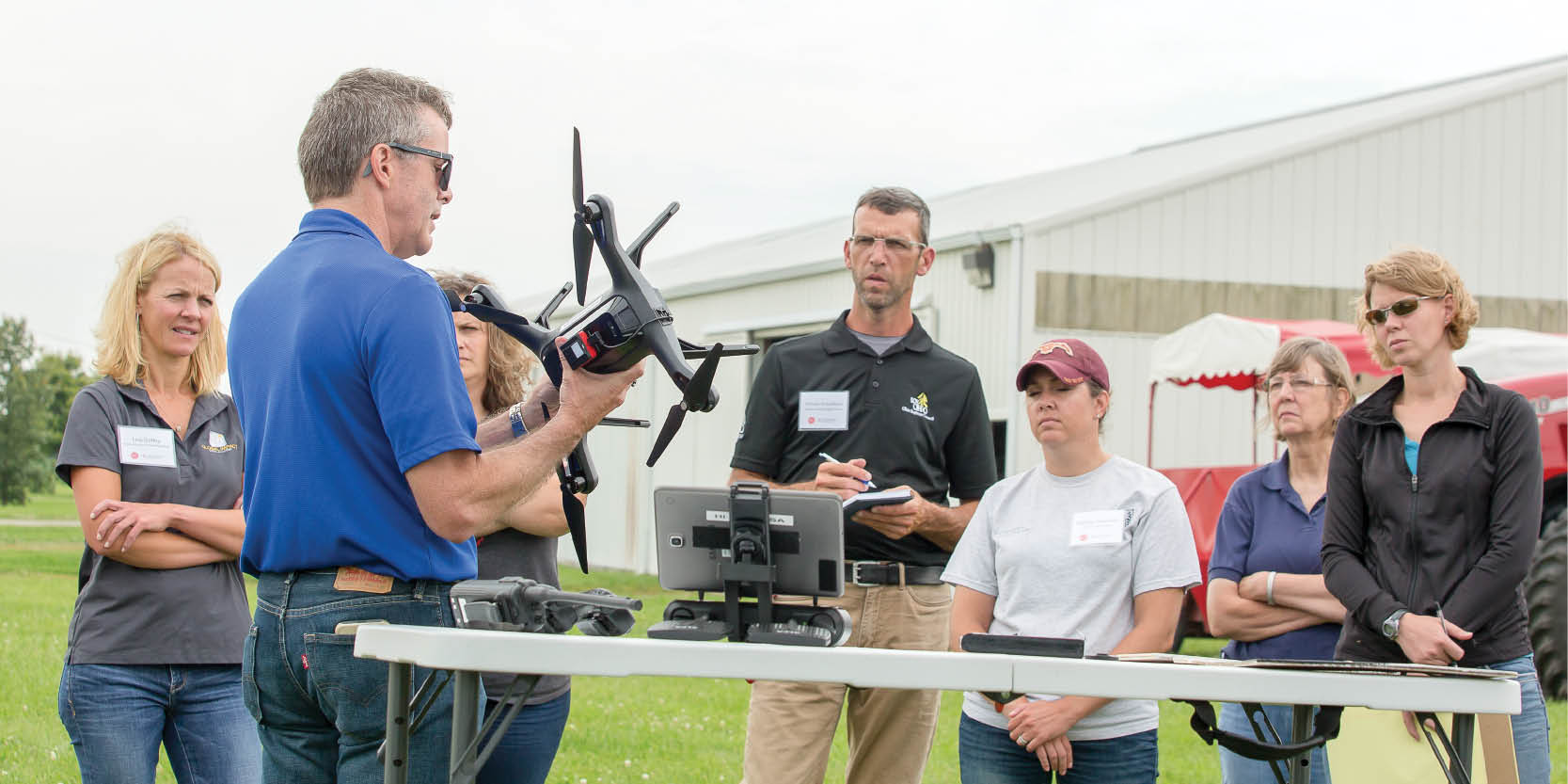
It didn’t take long for Crawford to shed his ag education novice status. He created a 50-page booklet, Managing Nutrient Needs in Agriculture, with six lesson plans that teachers can download and use in the classroom. Crawford’s curriculum is one of many offered free to teachers on the website of GrowNextGen (grownextgen.org), an agricultural education outreach effort funded by the Ohio Soybean Council and the state’s soybean farmers.
“Agriculture is the No. 1 economic driver in the state, accounting for 1 in 7 jobs. Not having kids know much of anything about agriculture is a disadvantage because the ag science industry is growing. We need more teachers to see there are high-paying STEM (science, technology, engineering, math) career jobs in agriculture,” said Jane Hunt, a consultant for Education Projects. Her organization helps develop and run GrowNextGen’s educational programs as well as those offered through Ohio Corn & Wheat Growers Association’s Feed the World program (ohiocorneducation.org). Both programs started in 2013 with each potentially reaching more than half a million students.
On a hazy summer day this past July, Crawford was back in the classroom for a two-day “Experience Technology in Agriculture” workshop where he and teachers from Ohio and Indiana did experimental data collection and calculations and learned about precision agriculture, the nitrogen cycle, drones and benefits of cover crops.
During a break, Crawford looked at posters showing the 11 weeds that are the biggest threats to crops and the different ways to eradicate them.
“Everybody talks about super germs but nobody talks about super weeds. It’s something I never thought about,” said Crawford, who has taught for 19 years.

Later he and about a dozen other teachers were thrilled to learn they could borrow the class’s $500 handheld crop sensors, which assess the health of a crop so farmers can more accurately make fertilizer, water or other adjustments. Crawford first saw the newer technology a couple of years ago at the Commodity Classic, a large national agricultural trade show.
“Interesting technology,” Kathy Daniels said as she watched her husband, Ray, and the other teachers try out the crop sensors. Daniels, a science teacher at Mississinewa High School in Indiana, has been incorporating agricultural practices and technology into her classes to give students more hands-on learning. Last year her students created ethanol after Daniels received a Feed the World educational grant to purchase distillation equipment.
“Kids don’t know where their food comes from. Some think all corn is for eating but most of it isn’t,” Daniels said. “My job is to give a balanced view that we need enough food and materials to support the economy, and to do it sustainably it may require newer technology.”
Teacher resources
Looking for ways to connect agriculture into your school’s curriculum or continuing education classes on topics such as biotechnology, energy, soil, water quality and sustainability? Besides the GrowNextGen and Feed the World programs featured in the story, there are other programs that have free lesson plans that meet state curriculum standards or can put you in contact with an industry expert. Many lesson plans focus on the increasingly popular STEM (science, technology, engineering and math) based learning.
Pig farm virtual visit
Students can look inside pig barns and talk to farmers via live video chat from their classroom. The free virtual field trips are offered via Google Hangouts, a video chat platform that can accommodate multiple classrooms at once. Ohio Farm Bureau Foundation is one of the partners on the project offered through the Ohio Pork Council. The virtual field trip is based on Farmtastic Google Agventures, an innovative program created by county Farm Bureaus in northeastern Ohio and honored with American Farm Bureau’s County Activities of Excellence Award. Visit ohiopork.org/fieldtrip for more information.
American Farm Bureau Foundation for Agriculture
Free downloadable activities and lesson plans about agriculture, including a Discover Ag Careers booklet, are available at agfoundation.org/resources/more-free-resources. The foundation also has a Food & Ag Resource Guide at agfoundation.org/ag-resource-guide.
For Your InFARMation
The Ohio Livestock Coalition has free teacher resources about the origins of food and livestock farming in Ohio. An annual contest allows teachers to enter to win a free, all-expenses-paid field trip to a livestock farm for the entire class and a $250 gift card for classroom supplies. Visit ohiolivestock.org/FYI/index.html.
Featured Image: Dublin Jerome High School teacher Chuck Crawford and teachers from Ohio and Indiana assess the health of corn with handheld crop sensors.
Photos by Dave Liggett
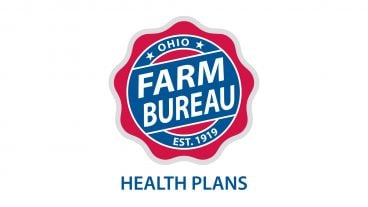
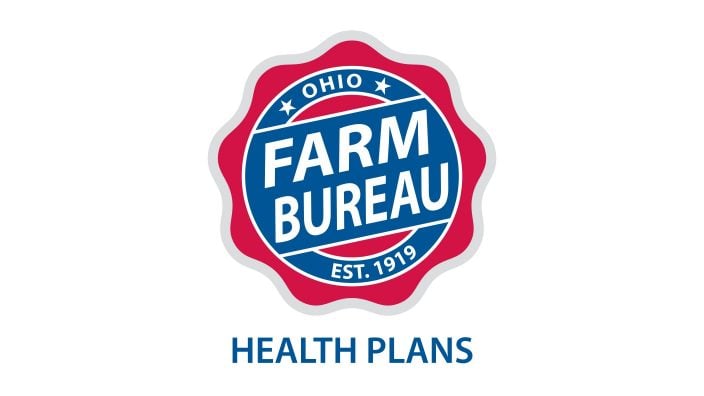
Members have three ways to apply: contacting a certified agent, calling 833-468-4280 or visiting ohiofarmbureauhealthplans.org.
Read More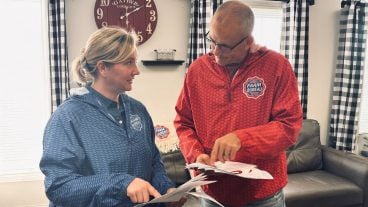
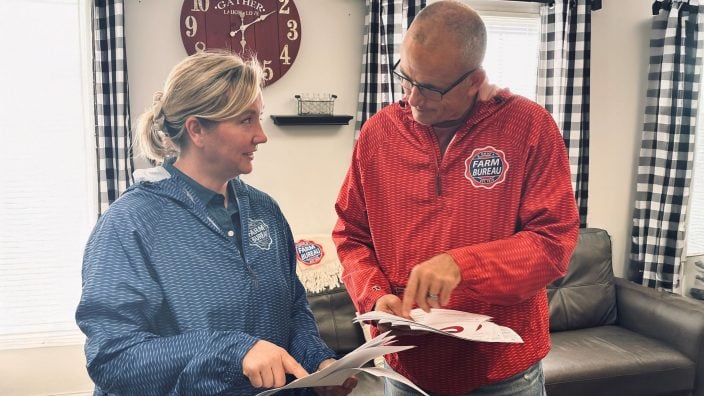
One of the best decisions Shannon and Heather Utter made a few years ago was looking into a Farm Bureau member benefit that has ended up saving them thousands of dollars on their energy bills.
Read More

Ryan Hiser has experienced first-hand the importance of having the opportunity to vote on issues that will affect his family operation and other farmers.
Read More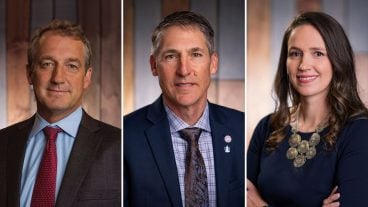
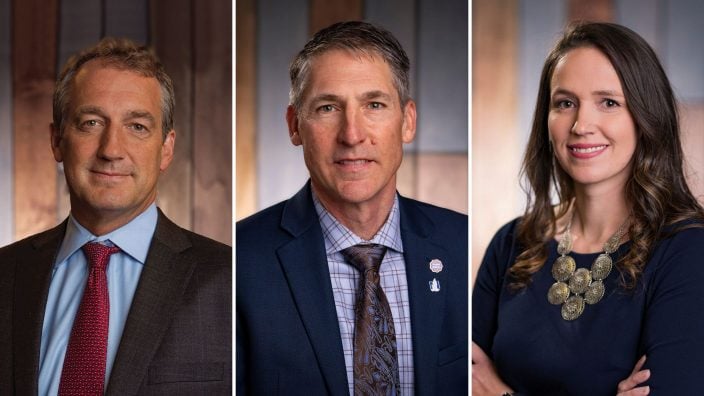
Bill Patterson, Cy Prettyman and Adele Flynn will continue to serve as officers for Ohio Farm Bureau Federation.
Read More
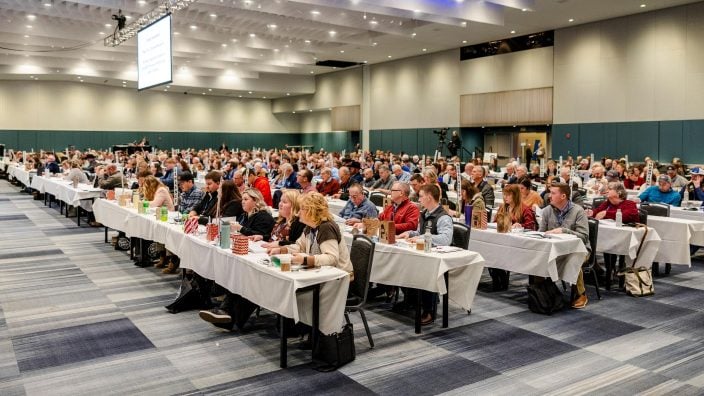
Delegates discussed many topics impacting agriculture including farmland preservation, local foods, and succession planning.
Read More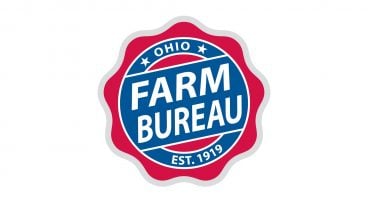
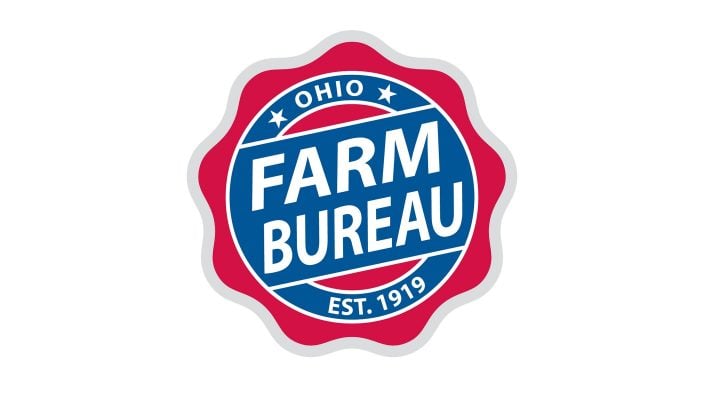
Twenty-six farmers govern the state’s largest farm and food organization.
Read More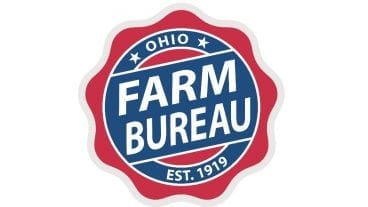
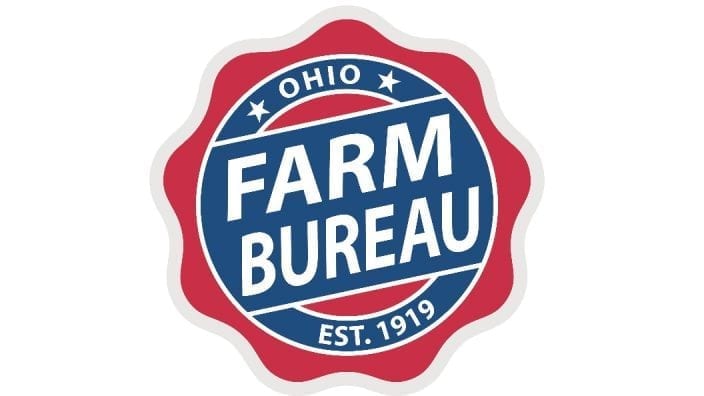
The 2025 recipients are Fred Cooke (posthumous) of Richland County, Marvin Dietsch of Williams County, Steven Knollman of Hamilton County and Michele Miller (posthumous) of Ottawa County.
Read More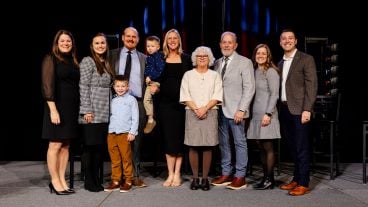
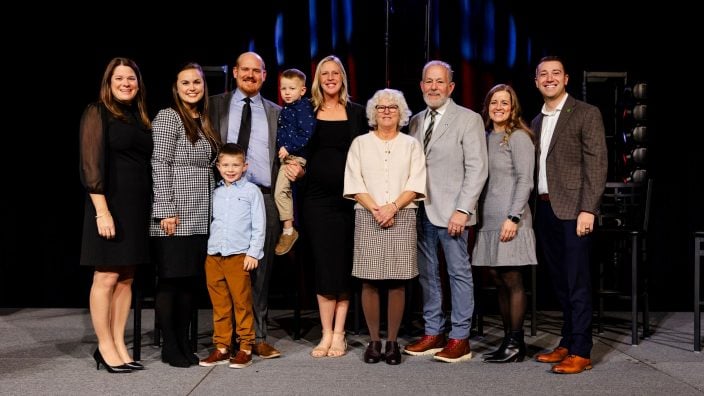
Nathan and Jill Parriman grow seasonal crops, including Christmas trees, pumpkins and cut flowers, providing U-cut experiences that invite customers to engage directly with agriculture.
Read More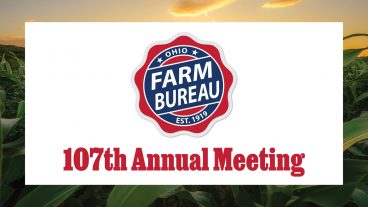
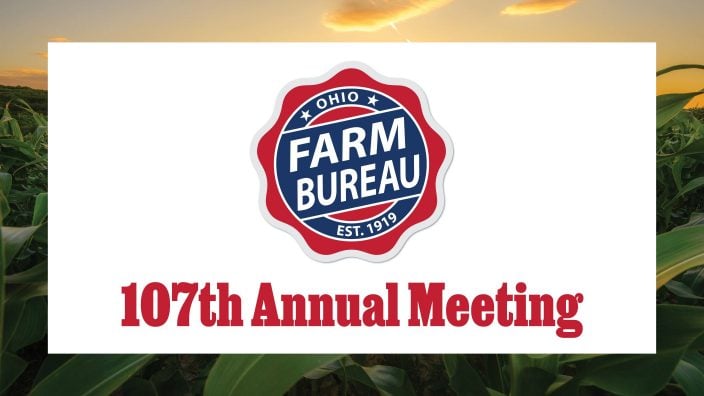
The 2025 Distinguished Service Award recipients are Craig Adams, Mike Townsley, and Kellogg Farms, Kurt Farms and Stateler Family Farms.
Read More

Ohio Farm Bureau Treasurer Adele Flynn participated in the meeting, representing Ohio farmers.
Read More